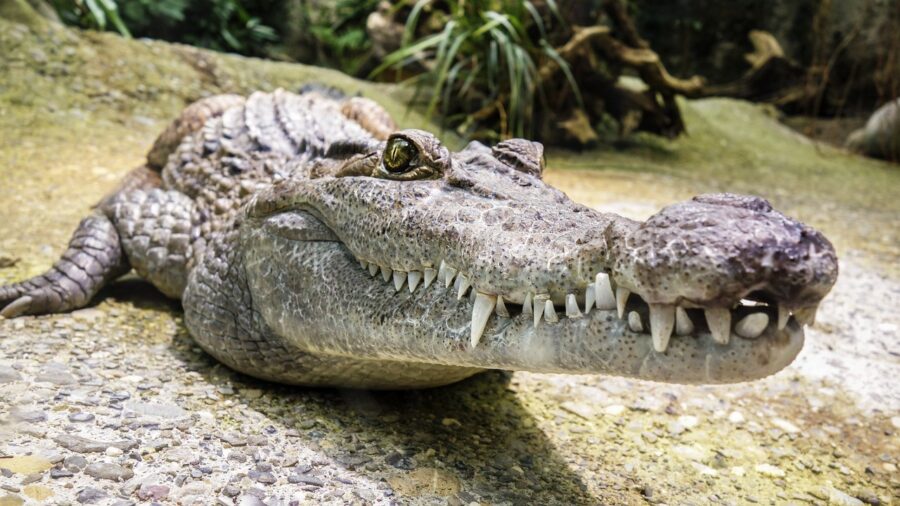Crocodiles Want To Eat Crying Babies More Than Anything Else

A team of French researchers discovered that Nile crocodiles respond to distress calls from human babies and other young mammals. Their response is attuned to specific acoustic details, aiding the predators in assessing the level of distress in their prey before an attack, according to a study published in Proceedings of the Royal Society B: Biological Sciences.
By playing recordings of crying bonobos, chimpanzees, and humans, the researchers found that Nile crocodiles exhibit a stronger attraction to infants displaying heightened levels of distress. Earlier research established that crocodiles become extra vigilant upon hearing distress calls from potential prey. They approach the source of the sound to secure an easy meal.
When the cries were played, both male and female crocodiles shifted their heads or moved toward the source of the sound. In some instances, they even attempted to bite the speakers.
The scientists involved in this recent study were curious if crocodiles responded similarly to primates. The sounds produced by young primates, aged four years or less, were played to groups of Nile crocodiles through speakers strategically positioned near their ponds. These ponds host over 300 crocodiles in a Moroccan zoo.
Julie Thévenet, a behavioral ecologist from the University of Saint-Etienne in France, and her colleagues observed the crocodiles’ responses. The previously-recorded sounds emitted by infant primates were gathered across diverse scenarios to encompass a broad spectrum of emotions. Recordings of human babies ranged from minor unhappiness to heightened distress.
These cries were categorized by evaluating 18 distinct audio attributes and were grouped into three acoustic dimensions according to pitch, harmony, and deterministic chaos. Thévenet and her team assessed the crocodiles’ reactions by gauging the percentage of individuals within a group that exhibited a response to the played recordings.
Findings from a study involving human subjects exposed to similar stimuli indicate that crocodiles and humans use identical acoustic criteria when assessing levels of distress.
Although the researchers didn’t differentiate between the genders, when the cries were played, both male and female crocodiles shifted their heads or moved toward the source of the sound. In some instances, they even attempted to bite the speakers. Interestingly, the researchers learned that the responses dependent upon the nature of the cries.

Approximately one-fifth of the crocodiles exhibited reactions to recordings of human infants in mild distress. In contrast, roughly a third of the crocodiles responded to recordings of babies in acute distress. Findings from a study involving human subjects exposed to similar stimuli indicate that crocodiles and humans use identical acoustic criteria when assessing levels of distress.
The pitch of an infant’s cry is a standard measure humans use to decipher the emotions of their own babies. Interestingly, high-pitched bonobo cries are often misconstrued by human subjects as indicating severe distress.
This is because pitch fluctuates among different species, rendering it less reliable than acoustic attributes like discordance, abrupt noise bursts, and irregular fluctuations, which the study found to be more likely to elicit a response from crocodiles.
Moreover, the acoustic qualities that trigger a crocodile’s response are conceivably more accurate indicators of distress than the methods employed by humans. By disregarding pitch, their reactions are less contingent on the species producing the sound – a factor that doesn’t significantly impact whether the sound signifies potential food, given their status as generalist predators.
The researchers posit that crocodiles might have honed this ability specifically to target vulnerable prey. “Our experiments obviously do not mean that crocodiles cannot be attracted by other signals than distress calls – they are opportunistic hunters,” the authors said. “But they [do] suggest that the readiness of these animals to react increases with the presence of acoustic features marking a level of distress.”











